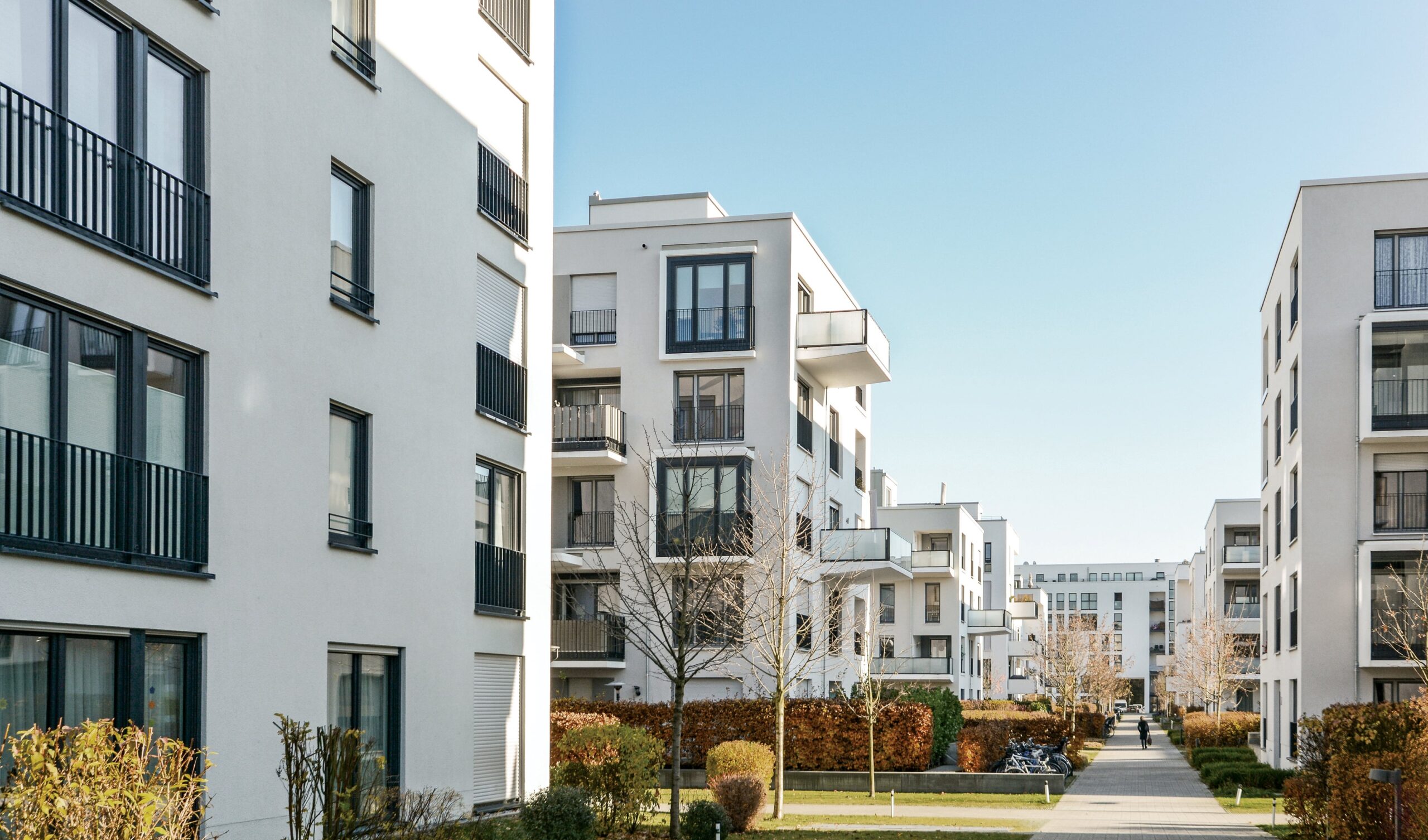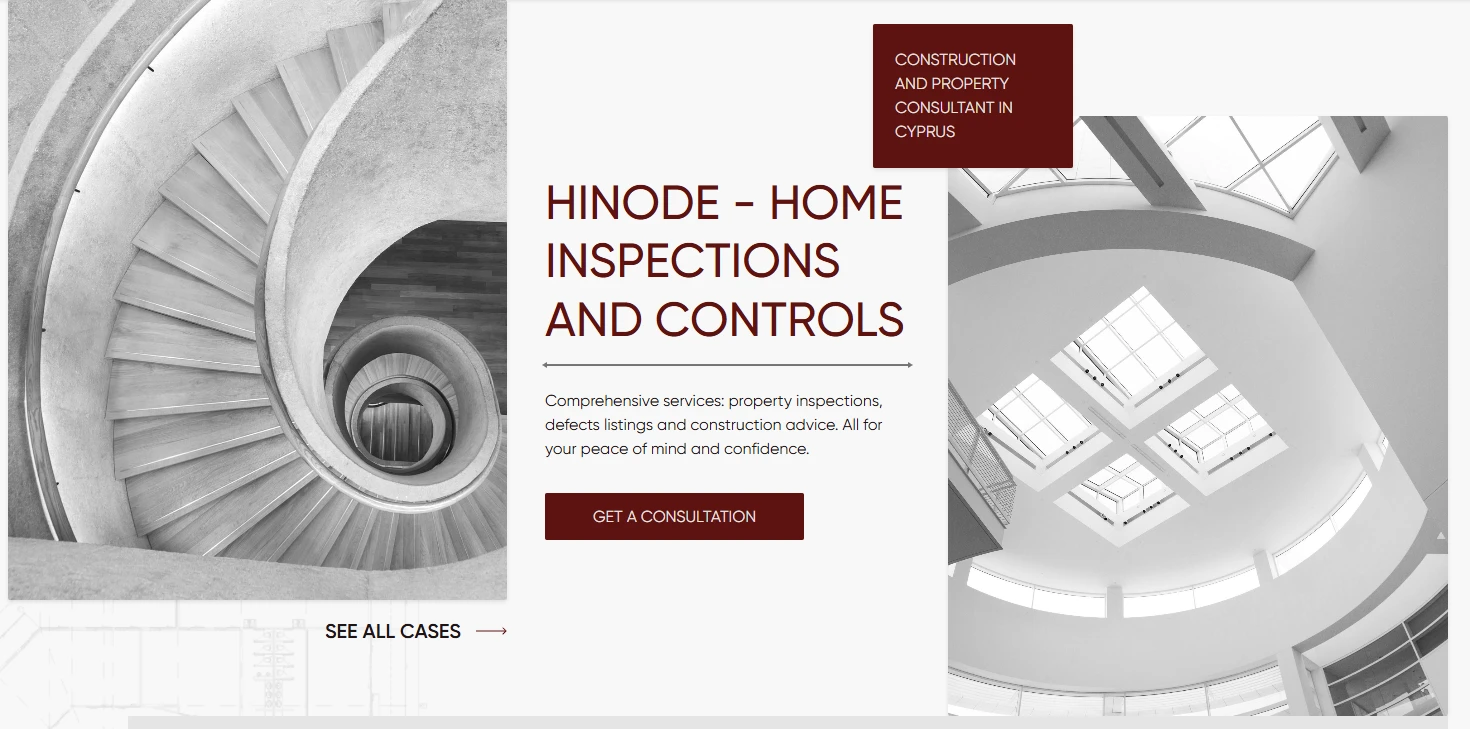Shared ownership has become an increasingly popular way for first-time buyers and families to get onto the property ladder in Essex and across the UK. With rising house prices putting traditional homeownership out of reach for many, shared ownership allows buyers to purchase a share of a property and pay rent on the remaining share.
But is shared ownership all it’s cracked up to be? While it opens up homeownership, shared ownership also comes with drawbacks that buyers should consider carefully before taking the leap. This article examines the pros and cons of shared ownership housing in Essex to help you decide if it could be the right choice for you.
What Is Shared Ownership?
Shared ownership involves buying a share of a property, normally between 25% and 75%, and paying subsidised rent to a housing association on the remaining share. Unlike traditional homeownership, you will never outright own 100% of the property unless you purchase further shares over time, also known as ‘staircasing’.
The share you purchase must be funded by a mortgage, while rent is paid on the unsold share. So in effect, shared ownership combines elements of both homeownership and renting.
To be eligible, households generally need to have an income less than £80,000 outside of London and £90,000 in London, and insufficient savings or income to purchase a home outright. Shared ownership in Essex is aimed at helping lower income households and key workers get onto the property ladder.
The main pros of shared ownership include:
- Lower deposit requirements – You only need a mortgage to cover your purchased share, so the deposit is much lower than buying 100% of a home. Typically this will be around 10% of your share value.
- Lower monthly costs – Mortgage repayments and rent combined are normally less than monthly payments on an equivalent full mortgage. This helps boost affordability.
- Ability to staircase – You can purchase further shares in the property as your finances allow, working towards full ownership.
- More space – Shared ownership grants access to larger properties than many could afford to buy outright.
While the main cons are:
- You don’t fully own the property – Even after purchasing the maximum share, you still will not outright own the home.
- Limits on changes – You’ll need permission from the housing association for renovations or extensions.
- Reselling can be difficult – The market of buyers interested in your specific share % may be smaller.
- Rent increases – Rent can go up annually in line with inflation, increasing housing costs.
- Ongoing fees – You’ll need to pay for buildings insurance and service charges on top of your rent and mortgage.
So in summary, shared ownership offers a middle ground between renting and full homeownership. While you enjoy many of the benefits of owning a home, it is not quite the same as owning 100% of the property outright.
The Costs of Shared Ownership in Essex
Shared ownership is designed to be affordable for buyers who cannot get onto the open market. But what are the typical costs involved with shared ownership properties in Essex?
Deposit
For your initial share purchase, lenders will normally require a deposit of around 10% of your share value. So if you purchase a 25% share worth £100,000, your deposit would be £10,000. This is much lower than the minimum 5-10% deposit you may need for an equivalent market-value property at £400,000.
Mortgage
Your mortgage will need to cover the cost of your purchased share less your deposit amount. You’ll be able to access a range of shared ownership mortgages for this purpose. Interest rates are similar to standard mortgages.
Rent
Rent is payable to the housing association on the share you do not own. The starting rent will depend on the value of the unsold equity but is usually around 2.75% of the property’s full market value.
For example, if you buy a 25% share in a £200,000 property, the starting rent on the remaining 75% (£150,000) would be around £4,125 per year or £343 per month. Rent rises annually by inflation (RPI).
Other Costs
On top of your mortgage and rent, other ongoing costs include:
- Buildings insurance – This covers the building structure and commonly costs £250-£350 annually.
- Service charge – Covers maintenance and repairs, usually £800-£1,500 annually.
So when budgeting, make sure to factor in these extra fees. They will eat into affordability. Also check if bills like ground rent are included or excluded from the service charge.
Pros of Shared Ownership in Essex
While shared ownership has drawbacks to consider, it can also offer Essex residents big benefits over other options.
1. Lower Deposit Requirements
The biggest struggle for most first-time buyers is saving up a big enough deposit while paying rent.
With shared ownership, deposits can be as low as £2,000-£5,000 to buy a 10-25% share. This opens up homeownership to those who are priced out of the market. Saving just 5-10% of a share is far more achievable than finding 5-10% of a whole property value.
Lower deposits combined with subsidised rents increase affordability and help buyers get on the ladder sooner rather than waiting years to save more.
2. Smaller Mortgage Needed
Similarly, your mortgage only needs to cover your purchased share amount minus the deposit, rather than 100% of the property value. This makes monthly repayments much cheaper and more manageable.
For instance, on a £200,000 property buying a 25% share with a £10,000 deposit, your mortgage would be around £65,000. This would equate to roughly £260 monthly repayments over 25 years at a 3% interest rate.
Comparatively, buying the whole £200k property with a £20k (10%) deposit, the mortgage needed would be £180k. Monthly repayments would be around £725, almost three times higher.
3. Ability to Staircase to Full Ownership
A major benefit of shared ownership is the ability to incrementally increase your share and staircase towards full ownership over time as your finances allow.
You can choose to purchase additional shares in set chunks, normally between 10-25% initially. There may be fees for valuing the new share and legal costs to amend the lease, around £500-£1,000 per transaction.
Staircasing gives buyers stuck in the rental trap a path to eventually owning 100% of their home if desired. Renting doesn’t offer this flexibility and growth.
4. Access to Quality Housing
Due to lower deposit requirements, shared ownership broadens the range of properties you can afford, often allowing access to higher quality homes.
Most schemes are for new-build homes built by housing associations to high standards. You may be able to purchase a share in a much nicer 3-4 bedroom house than you could afford to buy outright on the open market.
Living in a higher quality home can improve quality of life and wellbeing for buyers compared to small flats or houses they’d be constrained to otherwise.
5. Stability and Security
Shared ownership provides more stability and security over renting privately long-term. You own part of the property and cannot be asked to move on a landlord’s whim with just 2 months’ notice.
Making part mortgage payments also lets you slowly build equity in the property, unlike renting where you build no assets at all. This equity could help fund future moves.
While not outright ownership, shared ownership does give buyers a valuable foothold on the housing ladder and chance to feel settled.
Cons of Shared Ownership in Essex
However, shared ownership isn’t all positive. There are some clear disadvantages to weigh up as well before choosing this route.
1. You Don’t Fully Own the Property
The single biggest downside is that you’ll never outright own 100% of the home even after ‘maxing out’ your ownership share. This psychological factor puts some buyers off.
Even staircasing to the maximum 75% share, you still must pay rent on the remaining 25% and need the housing association’s permission for major works.
For those set on the status and freedom of owning their home clear and simple, shared ownership falls short. Some prefer to continue renting and saving towards a normal purchase.
2. Reduced Flexibility Over the Property
Unlike full homeowners, your ability to modify or improve your shared ownership home is restricted.
Most changes like extensions will need consent from the housing association that owns the unsold share. They may refuse permission or impose conditions.
You will also be limited in the amount of customisation possible to the existing property in many cases. Freedom to renovate can be low.
3. Potential Hassle Reselling Your Share
While shared ownership provides stability day-to-day, resale of your share can be trickier compared to an open market property.
The pool of buyers interested in taking on your specific share % at the property may be smaller. If staircasing, selling buyers must also be able to afford to purchase your increased share.
This can lead to longer selling times. To widen opportunities, most leases allow the housing association first refusal to buy back the share instead. But this limits sales potential.
4. Rent Increases Annually
A drawback to factor in is your rent increasing each year in line with inflation (RPI). In 2022 this was around 11%. Rent rises can chip away at the affordability benefit.
Compare this to a normal mortgage where your monthly repayment stays fixed for the entire term, assuming no rate changes.
It’s important to budget accordingly and ensure you can absorb future rent hikes. Falling into payment difficulty risks possession.
5. Ongoing Fees on Top Of Rent and Mortgage
As mentioned earlier, shared owners must cover their share of buildings insurance, service charges, ground rent and maintenance sinking funds.
These can add an extra £100-£200 monthly. New homeowners often underestimate these hidden costs. Ensure they are budgeted for when assessing affordability.
While manageable for most, they do increase total housing costs. Rent and mortgage alone present an incomplete picture.
Who Is Shared Ownership Suitable For?
While shared ownership has benefits and drawbacks, who is it most appropriate for?
First-time buyers – Shared ownership can help first-timers on lower incomes purchase with a 5-10% deposit and affordable monthly costs. Staircasing later provides options to increase shares.
Families – The ability to buy shares in larger family-sized homes is a major plus point over affordability of open market houses. Shared ownership makes roomier properties accessible.
Key workers – Teachers, nurses, police, firefighters and other key workers are eligible for specific shared ownership schemes. These help retain essential local workers who may struggle to buy homes outright in the communities they serve.
Private renters – For long-term renters able to afford monthly costs similar to rental payments, shared ownership provides stability and a path towards greater ownership.
Retirees/downsizing – Older residents can purchase smaller shared ownership flats or bungalows for affordable downsizing. Staircasing may be less of a goal.
In contrast, shared ownership may not suit homebuyers planning to move again soon or wanting to fully customise their property immediately. Understanding individual needs is vital.
Shared Ownership Schemes in Essex
Several housing associations offer shared ownership schemes across Essex. Some of the largest providers include:
- Moat – Various properties across Essex, predominately in South Essex. New builds and resales available.
- Housing Gateway – Schemes in Basildon, Chelmsford, Colchester and other areas. Priority for local residents.
- Sanctuary Housing – Homes in Brentwood, Harold Hill and South Ockendon among other locations. Open to all meeting eligibility criteria.
- Clarion Housing – Numerous developments in Harlow, Epping, Loughton and further afield. Help available for first-time buyers.
- Swan Housing – Resales and rented conversions available in places like Braintree, Witham, Saffron Walden and Ingatestone.
New shared ownership properties are frequently being built across Essex’s towns and villages. Checking respective housing association websites will give an up-to-date view of schemes in your desired area.
Most also offer resales on existing shared ownership homes when buyers staircase, move on or die. These can provide cheaper entry points to shared ownership for some.
Key Considerations for Shared Ownership
If exploring shared ownership in Essex, keep these tips in mind to ensure it’s the right fit:
- Research all scheme options in your target locations – new builds, resales, housing associations etc. Compare choices.
- Check you meet the eligibility criteria before proceeding – income thresholds apply.
- View properties thoroughly before purchasing shares – check build quality and ask about insulation, parking etc.
- Budget for mortgage, rent and fees – factor in rent rises, sinking funds and hidden costs.
- Read the lease closely – know the rules for staircasing, improvements, resales, possession etc.
- Get independent legal advice – ensure you understand the lease terms and obligations.
- Consider long-term plans – will you want to staircase or move on within 5-10 years? How might needs change?
- Look at other affordable schemes – help-to-buy, discounted market sale, shared equity etc. Weigh all options.
Doing thorough research is essential to assess if shared ownership is the right route into homeownership. While not for everyone, for many first-time buyers it can offer the first step onto the property ladder that might otherwise be out of reach.
Final Thoughts
Shared ownership has pros and cons those interested in buying their first home in Essex need to carefully balance. While it can help in terms of lower deposits and monthly costs, limitations like not fully owning the home may deter some buyers.
Doing your due diligence is vital before committing to understand the costs, responsibilities and rules involved for your situation. But for the right buyer, shared ownership can provide a springboard into ownership at a time when more traditional routes are increasingly unaffordable.
With long-term planning and budgeting, the flexibility shared ownership provides through staircasing can ultimately lead to full ownership for many. While not an easy shortcut, as an incremental stepping stone, shared ownership schemes have an important role to play in tackling home ownership challenges in Essex and beyond.











